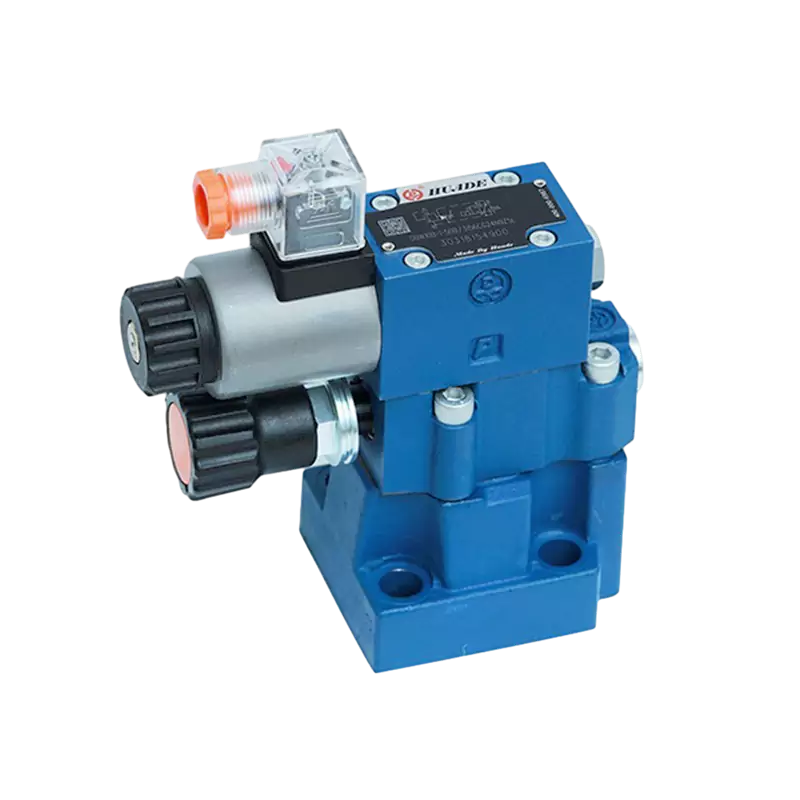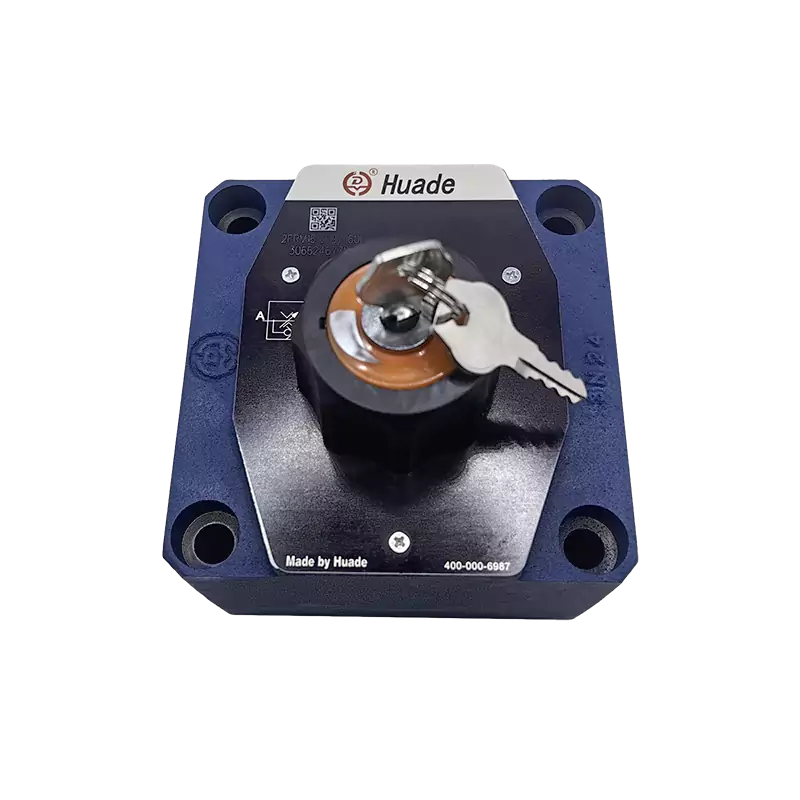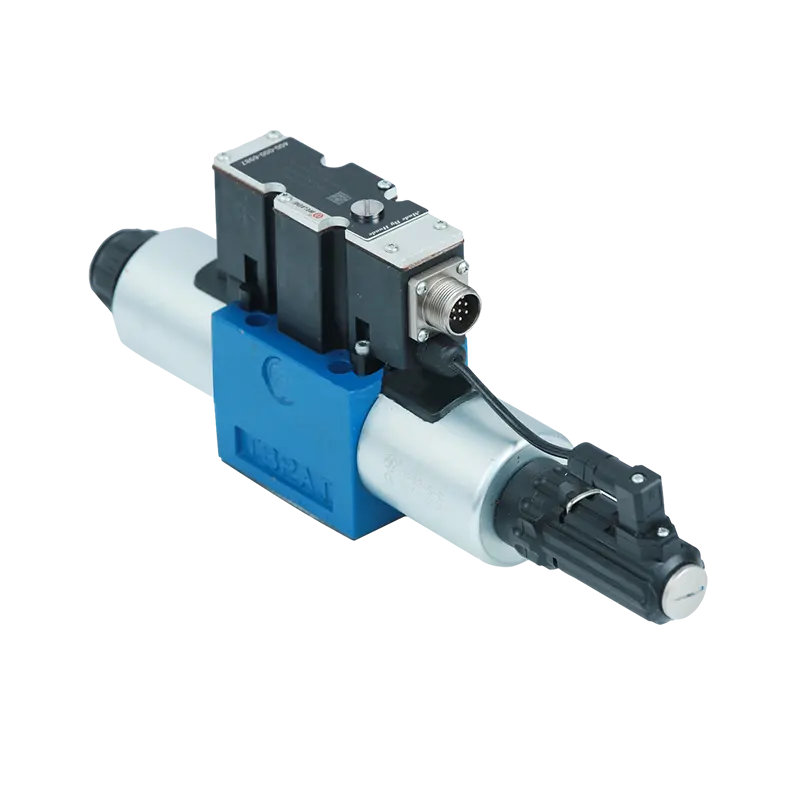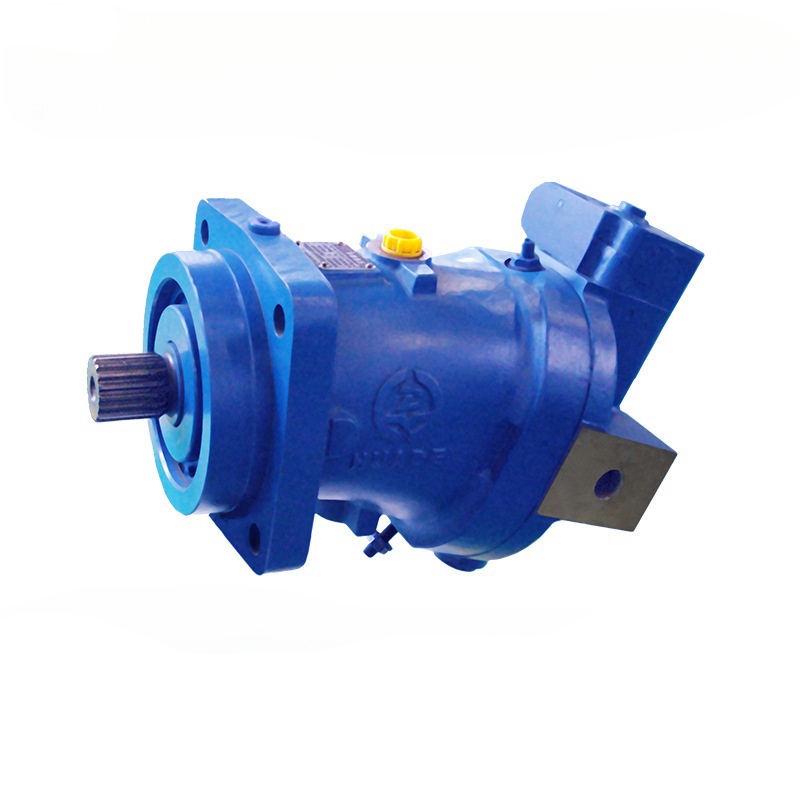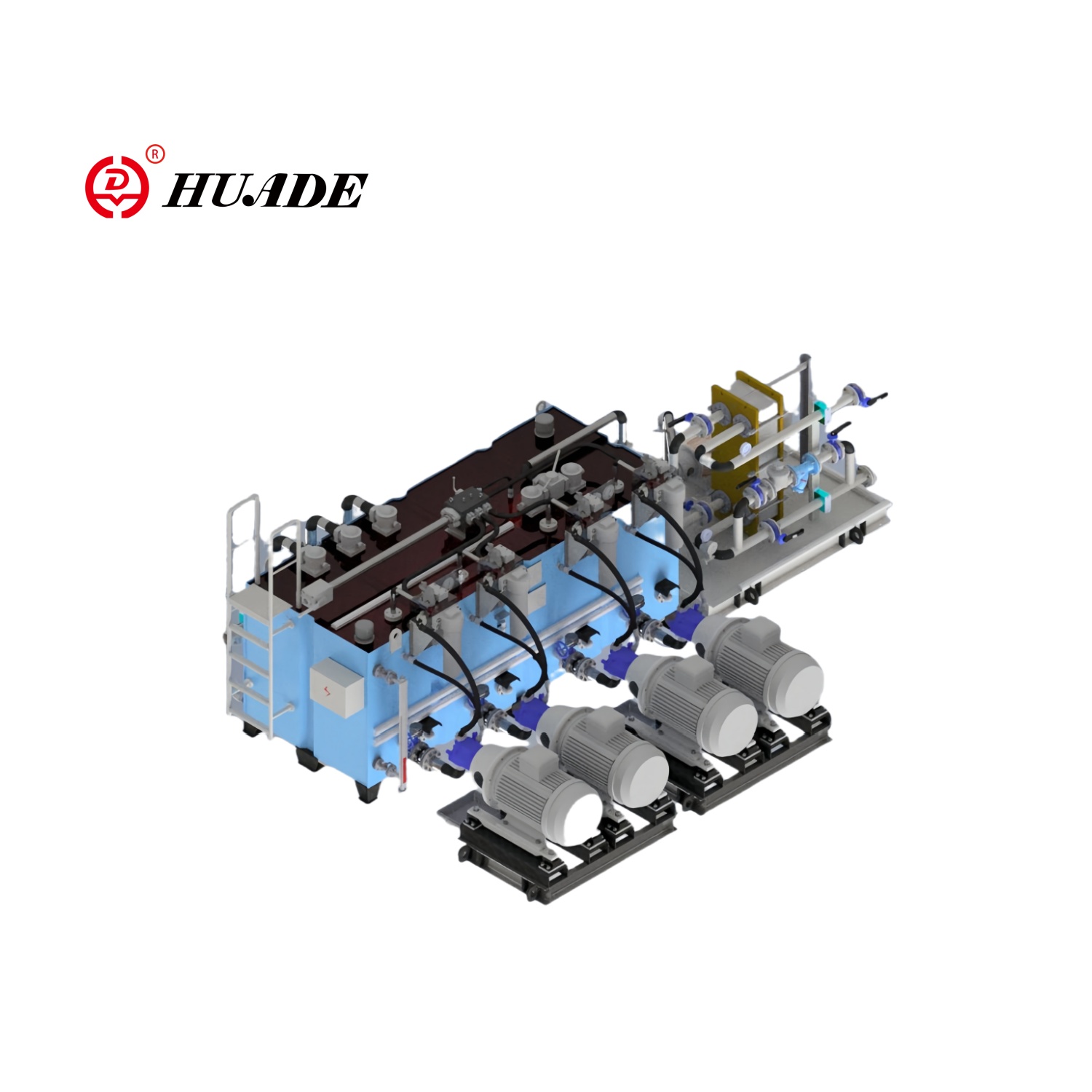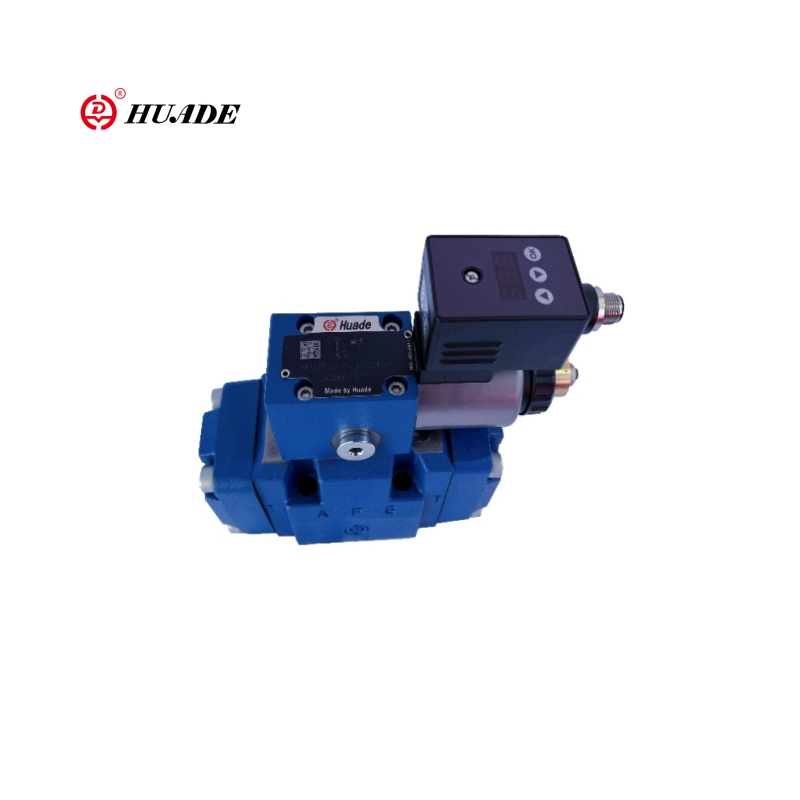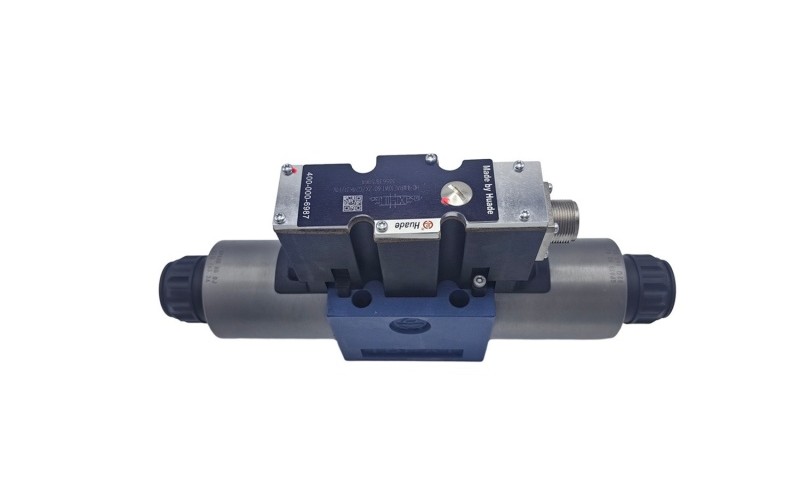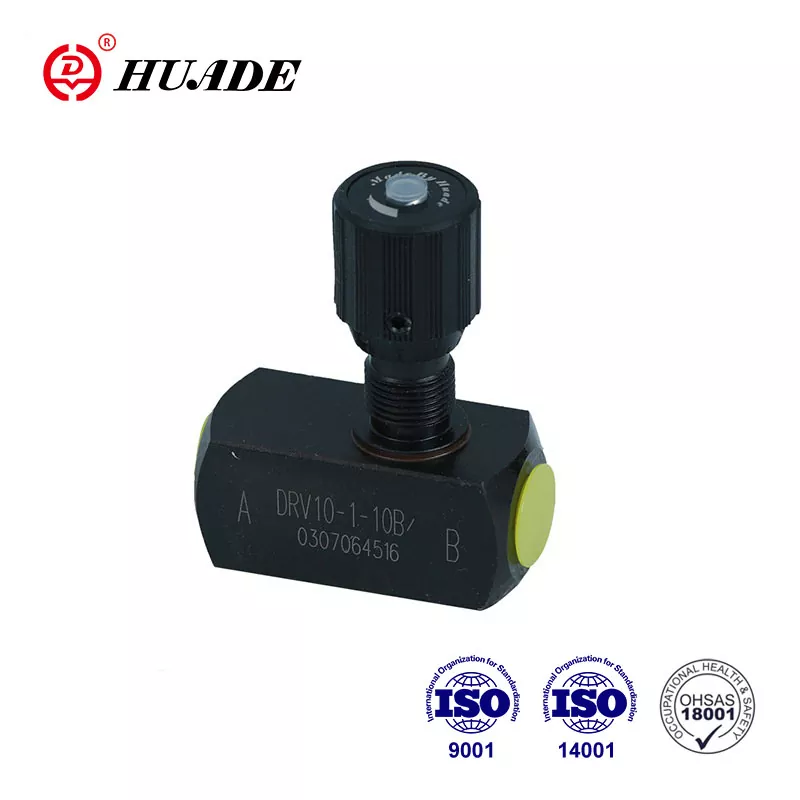If you're new to hydraulics or need to choose the right valve for your project, this guide will break down everything about hydraulic valve types in simple terms.
What Are Hydraulic Valves and Why Do They Matter?
Think of hydraulic valves as traffic controllers for fluid in a hydraulic system. Just like traffic lights direct cars at an intersection, hydraulic valves direct pressurized fluid to make machines work exactly how we want them to.
Hydraulic valves control three main things:
- Direction: Where the fluid goes (forward, backward, or stop)
- Pressure: How much force the system creates
- Flow Rate: How fast things move
Without these valves, hydraulic machines would be like cars without steering wheels or brakes - powerful but impossible to control safely.
The Three Main Types of Hydraulic Valves
All hydraulic valves fall into three main categories based on what they control. Let's explore each type:
1. Directional Control Valves (DCVs)
What they do
These valves decide which way fluid flows, controlling if a machine part moves up, down, left, right, or stops completely.
How they work
Picture a railroad switch that guides trains onto different tracks. Directional control valves work similarly, guiding hydraulic fluid down different paths.
Common types
- 2/2 Valves: Simple on/off switches with 2 ports and 2 positions
- 3/2 Valves: Have 3 ports and 2 positions, perfect for single-acting cylinders
- 4/3 Valves: The most popular type with 4 ports and 3 positions, including a neutral middle position
- Excavator arms that dig and lift
- Forklift forks that go up and down
- Robot arms in factories
2. Pressure Control Valves
What they do
These valves act like safety guards, making sure pressure doesn't get too high or controlling how much force a machine uses.
Why they're important
Without pressure control, hydraulic systems could become dangerous or break expensive equipment.
Main types
Relief Valves: The safety heroes of hydraulic systems
- Act like pressure release valves on a pressure cooker
- Open when pressure gets too high, sending extra fluid back to the tank
- Come in two styles: simple direct-acting or more precise pilot-operated
Reducing Valves: The pressure regulators
- Lower high pressure to a safer, more usable level
- Like having a water pressure reducer in your home plumbing
Sequence Valves: The coordinators
- Make sure operations happen in the right order
- Won't let step 2 happen until step 1 is complete
Counterbalance Valves: The load holders
- Keep heavy loads from falling too fast
- Essential for crane booms and lift tables
- Safety systems in hydraulic presses
- Clamping systems that need exact force
- Multi-step manufacturing processes
3. Flow Control Valves
What they do
These valves control how fast hydraulic fluid moves, which determines how fast machine parts move.
Think of it like
The accelerator pedal in your car - it controls speed, not direction.
Popular types
Throttle Valves: The basic speed controllers
- Simple restriction that slows down fluid flow
- Like putting your thumb over a garden hose opening
Pressure-Compensated Flow Valves: The smart speed controllers
- Keep speed constant even when loads change
- More expensive but much more reliable
Flow Dividers: The multitaskers
- Split one input into multiple equal outputs
- Perfect for keeping multiple cylinders moving at the same speed
Proportional Flow Valves: The precision controllers
- Use electronic signals for exact speed control
- Common in modern, computer-controlled machines
- Machine tools that need consistent cutting speeds
- Synchronized lifting systems
- Precise positioning in automation
Special Types Worth Knowing
Check Valves
These one-way valves are like mechanical diodes - fluid can only flow in one direction. They prevent backflow and are essential for load holding and circuit protection.
Cartridge Valves
Think of these as the LEGO blocks of hydraulic systems. They're compact, plug-in valves that can be combined in manifold blocks to create complex control systems while saving space.
Solenoid Valves
These electrically controlled valves respond to electrical signals, making them perfect for automated systems. When you press a button to operate a hydraulic machine, you're probably activating a solenoid valve.
How to Choose the Right Hydraulic Valve
Selecting the right valve depends on several key factors:
1. Know Your System Requirements
- What pressure will you be working with?
- How much flow do you need?
- How fast does it need to respond?
2. Consider Your Application
- Mobile equipment (tractors, excavators): Need rugged valves that handle dirt and vibration
- Industrial machinery: Priority on precision and long life
- Aerospace: Must be extremely reliable and lightweight
3. Think About Your Environment
- Temperature extremes
- Vibration levels
- Contamination concerns
- Explosion-proof requirements
4. Budget Considerations
- Simple manual valves cost less upfront
- Electronic proportional valves cost more but offer better control
- Consider long-term maintenance costs
Modern Trends: Smart Valves and Digital Integration
The hydraulic industry is embracing new technology:
Smart Valves: Now come with built-in computers that can self-diagnose problems and communicate with other system components.
Energy Efficiency: New designs reduce energy waste through better sealing and optimized flow paths.
Predictive Maintenance: Sensors monitor valve health in real-time, preventing unexpected breakdowns.
Digital Communication: Valves can now "talk" to central control systems using industrial communication protocols.
Common Mistakes to Avoid
- Undersizing valves: Always include safety margins for pressure and flow
- Ignoring fluid compatibility: Make sure valve seals work with your hydraulic fluid
- Skipping filtration: Clean fluid is essential for valve longevity
- Wrong actuation method: Manual valves won't work in automated systems
Maintenance Tips for Long Valve Life
- Keep hydraulic fluid clean with proper filtration
- Check for external leaks regularly
- Monitor system pressure to ensure valves aren't overworked
- Replace seals before they fail completely
- Train operators on proper valve operation
Conclusion
Hydraulic valves might seem complex, but understanding the three main types - directional control, pressure control, and flow control - gives you a solid foundation. Each type serves a specific purpose in making hydraulic systems safe, efficient, and precise.
Whether you're working with a simple hydraulic jack or a sophisticated industrial robot, the right combination of valves makes all the difference. Take time to understand your system requirements, consider your operating environment, and don't hesitate to consult with hydraulic professionals when making critical decisions.
Remember: the best valve isn't always the most expensive one - it's the one that matches your specific needs and operating conditions. With this knowledge, you're well-equipped to make informed decisions about hydraulic valve types for any application.


